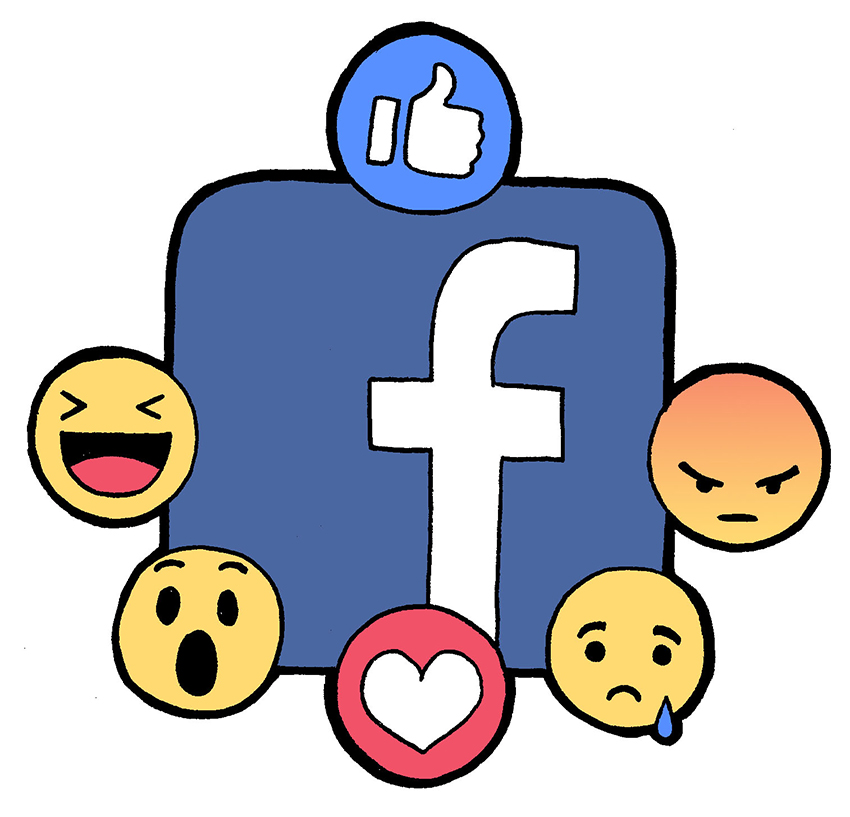Editor's note: This column appears in a point-counterpoint regarding Facebook's new "Reactions." Read this column's corresponding counterpoint here.
Facebook has over one billion active users, but until recently, they could only express their reactions through the “Like” button. This iconic “thumbs-up” symbol is too ambiguous to convey how people react to posts. With Facebook’s recent release of “Reactions,” the company took a positive step toward capturing human emotions.
With “Reactions,” users can express their reactions through emotive icons such as “Love,” “Haha,” “Wow,” “Sad,” and “Angry,” in addition to “Like.” These icons are accessible by hovering over the original “Like” button where a menu featuring the emotive icons will pop up. Users who dislike this addition can simply press “Like” without having to go through the menu.
Other users are less excited about Facebook’s new addition, claiming that these emotive icons can be exploited or have the potential to portray false empathy. This is the reason why Facebook decided to leave out potentially insulting or mean buttons such as “Dislike,” which is ambiguous and can be exploited by cyberbullies.
However, there is always a chance that a bully could “Haha” a post that was meant to be sad. This problem is not unique to Facebook’s “Reactions,” as these mean individuals can already bully others’ posts. For those of us who plan to use such reactions appropriately, they are an important addition that allows us to choose suitable reactions to friends’ contents.
In addition, false empathy is not isolated to Facebook’s “Reactions.” For an individual to truly convey sympathy, a personal message, or even in-person talk, is the best way to do it. Social media will never capture person-to-person interactions that can imitate interactions done in real life.
While commenting would be better than clicking a button, Facebook is not used that way. Forty-four percent of Facebook users “Like” content at least once a day, compared with only 31 percent who comment, and 19 percent who send private messages at least once a day. “Reactions” caters to the substantial amount of users who click the button, and this allows them to have a wider range of expressions.
Whether you “Love” or are “Angry” at this new addition, “Reactions” is a feature that fits a social media website, where people use it to share and react to content. Emotions cannot be replicated accurately, so social media websites are not the best medium to convey sympathy. But for those of us who want to try our best in expressing appropriate reactions, “Reactions” is a positive step toward that goal.
Dam is a linguistics and Spanish freshman from Dallas. Follow him on Twitter @daviddamwrite.





















